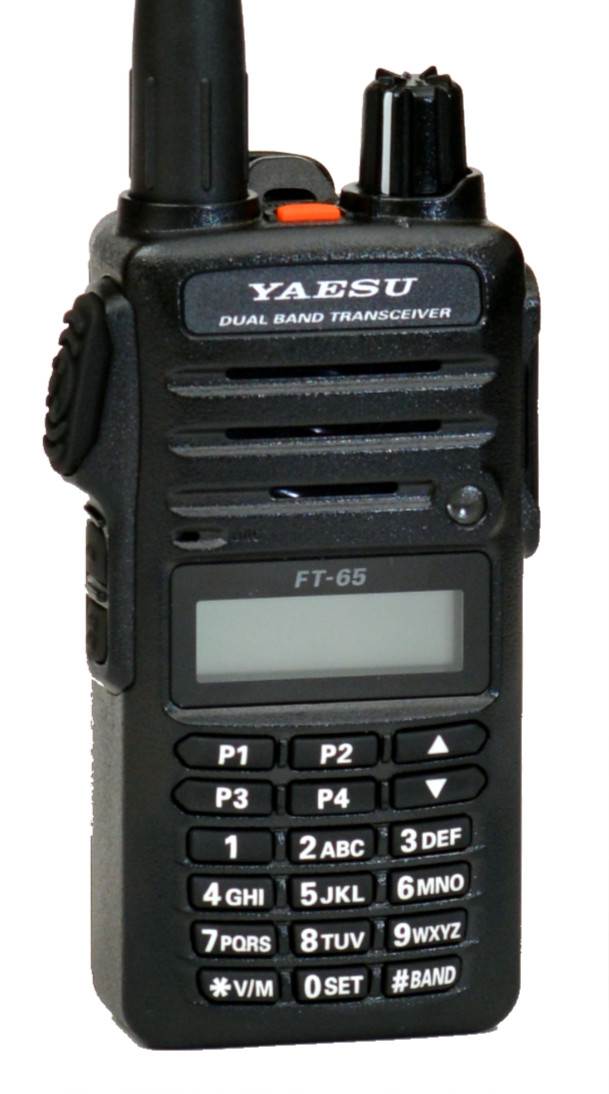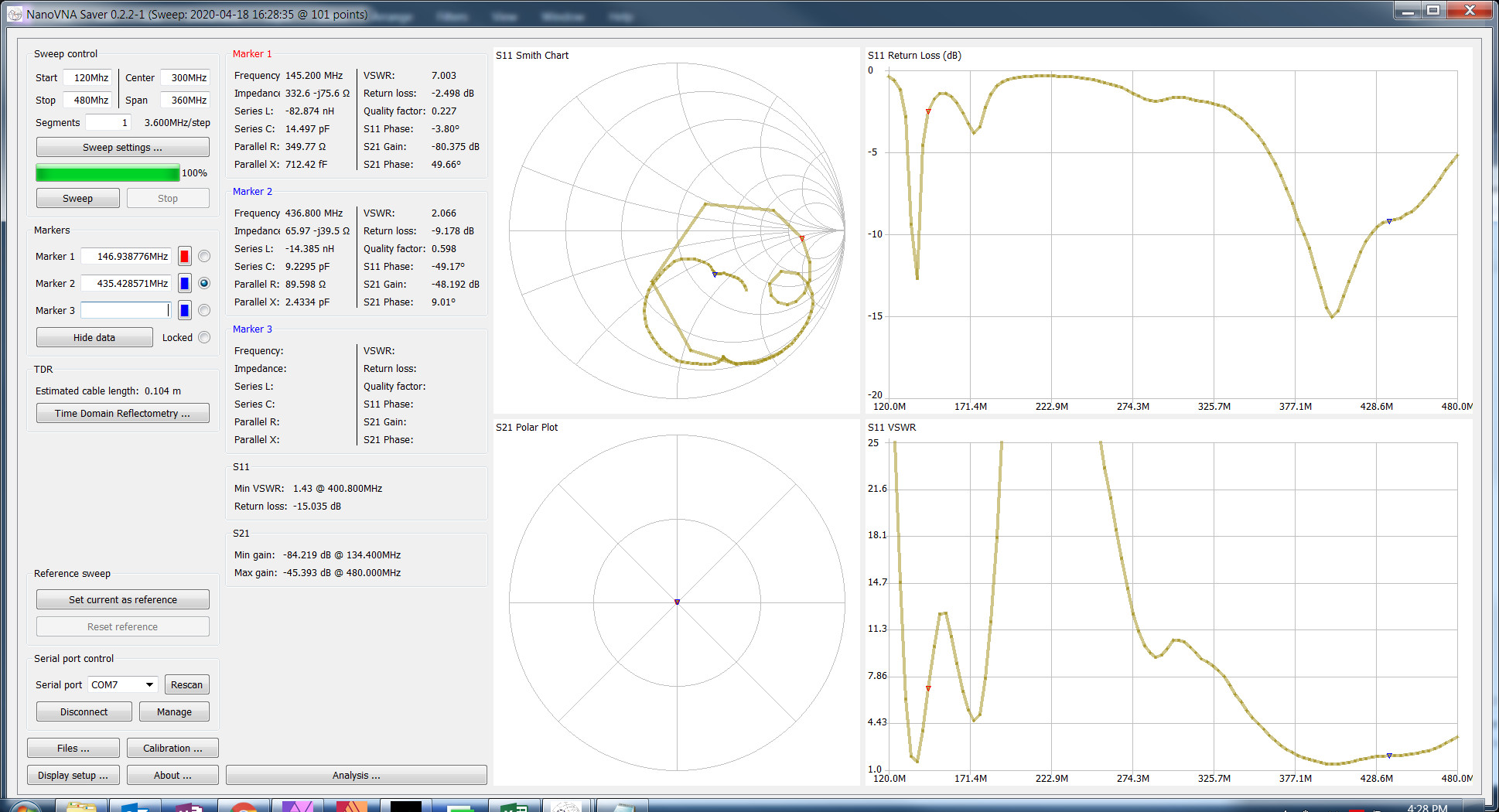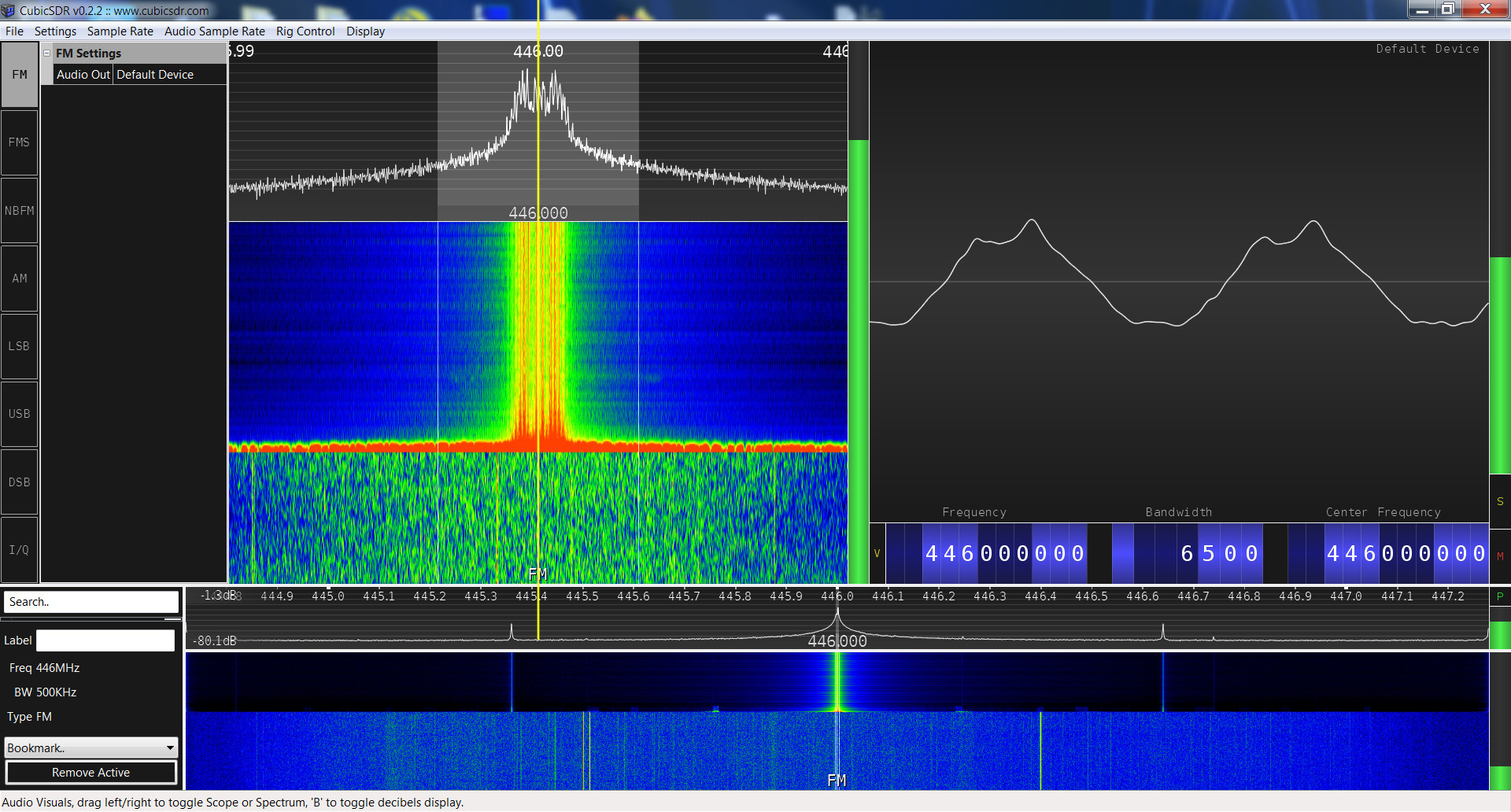 |
The Yaesu FT-65R is a Chinese made dual-band radio at about half the price of their famous FT-60R. How does it stack up? Read on to find out!
Yaesu has made some fantastic radios in their day, including the current FT-60R and FT-270R, two of my favorite radios. While inexpensive Chinese radios have taken over the handheld market, they have decided to wade into the market with a few new radios such as this Yaesu FT-65R at a much lower price point than their FT-60R.
First, the Yaesu FT-65R in my opinion is not meant to compete with radios like the Baofeng UV-5R, but to give you a stepping stone between those $40 Baofengs and the $160 FT-60Rs. Putting this radio at around $85 does just that.
So what do you get for your money with the Yaesu FT-65R? To start with, if you pick up the UV-5R, FT-65R, and then FT-60R you will see a clear progression of quality and heft. I would say that you get a much larger jump in quality from the UV-5R to the FT-65R than from the Yaesu FT-65R to the FT-60R.
Looking at the screen you will see one area where the Yaesu FT-65R outshines it’s older brother the FT-60R, sort of. The numbers and symbols are sharper, clearer, and use no spaces like on the older FT-60R. The light blue backlight is also nicer than the old orange, although it is nowhere near as evenly lit.
The bad part of the screen on the Yaesu FT-65R is that it is smaller than the FT-60R which is unfortunate. If they had made it the same size they would have had a real winner.
Programming the Yaesu FT-65R is a little different from other Yaesu classics and more like the traditional Chinese radios available today. Instead of having an F key and then secondary functions right on the keypad (in a different color, usually orange) you press and hold the F key on the side under the PTT button and hold it. Then a menu pops up and you can use the arrow keys to scroll through the options. This makes it far slower and more cumbersome to program from the keypad in the field than the FT-60R.
Just like the FT-60R, the Yaesu FT-65R can be programmed in the freely available CHIRP software so that portion is nice and easy.
The battery on both is about the same size while the Yaesu FT-65R has more power, it also has a seriously terrible latch system which is a pain to release under regular conditions, and in the dark and particularly in emergency conditions, it will make you want to put the radio in a blender. The old clamp system on the FT-60R is wonderful even if you are in the back of a truck at night driving down a dirt road.
The weak point in the Yaesu FT-65R is the transmitted signal. The audio sounds like you are talking in a can, in many cases has a loud hum, and just plain sounds like trash. I can forgive a lot in a radio that is not supposed to be a top of the line radio, but it is sad that they failed here when so much more of the radio is so very good.
Photos
Yaesu FT-65R Test Results:
| Screen readability | Excellent |
| In-hand feel | Very Good |
| Included antenna | Very Good |
| Construction quality | Very Good |
| Belt clip | Very Good |
| Programmability | Good |
| Transmit audio | CLICK TO LISTEN |
| Maximum power output (2m/70cm) | 3.1 watts/3.5 watts |
| Size | 265 * 62 * 48 mm |
| Actual weight | 9.8 oz |
| Yaesu FT-65R manual | CLICK TO DOWNLOAD |
| Programming software | CLICK TO DOWNLOAD |
| Yaesu FT-65R Overall score |


| FEATURES: | |
|
|
|
|
Conclusions

GET THE BOOK!



Great Review! Bought my FT-65 to replace UV-5R. Outshines Baofeng in every respect except for transmitted audio. There MUST be some way to adjust this low transmitted audio!!!!
Close talk brings tx audio up to low-average. Normal distance it cant be heard…
Did u seriously only get 3.5 watts on the FT 65? I’ll accept 4 but that’s just way too low for a 5 watt promised radio.
Don’t get caught up in the power game. I will take a 3 watt good and clear signal any day over a 5 watt garbled one. In addition, measured power out is the input into the antenna so again, 3 watts into a great antenna is far better than 5 watts into a garbage antenna (I include antenna specs). Lastly, I show the frequency I use and how I generate the power out (empty carrier) and all that matters. If you yell into the radio on a different frequency then you might get wildly different results. That is why I always specify that my tests are to compare to my other tests, and nothing else. No two people tests radios exactly the same.